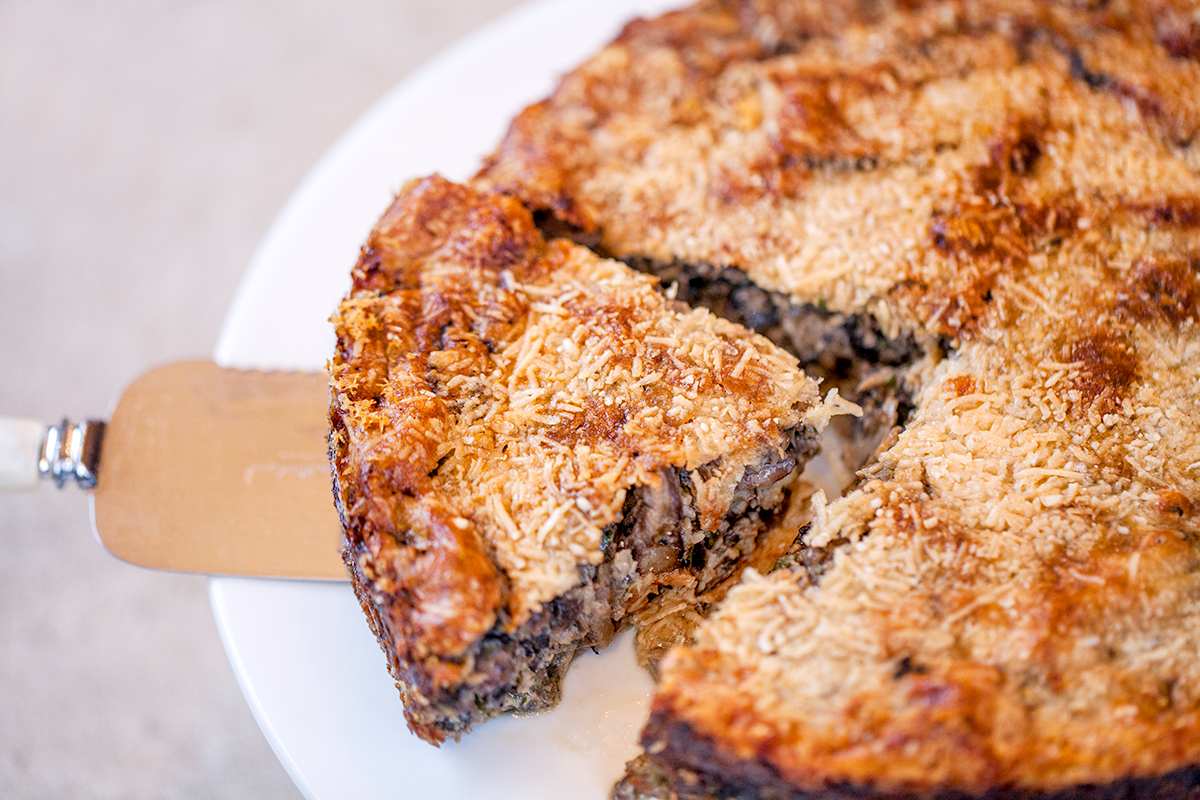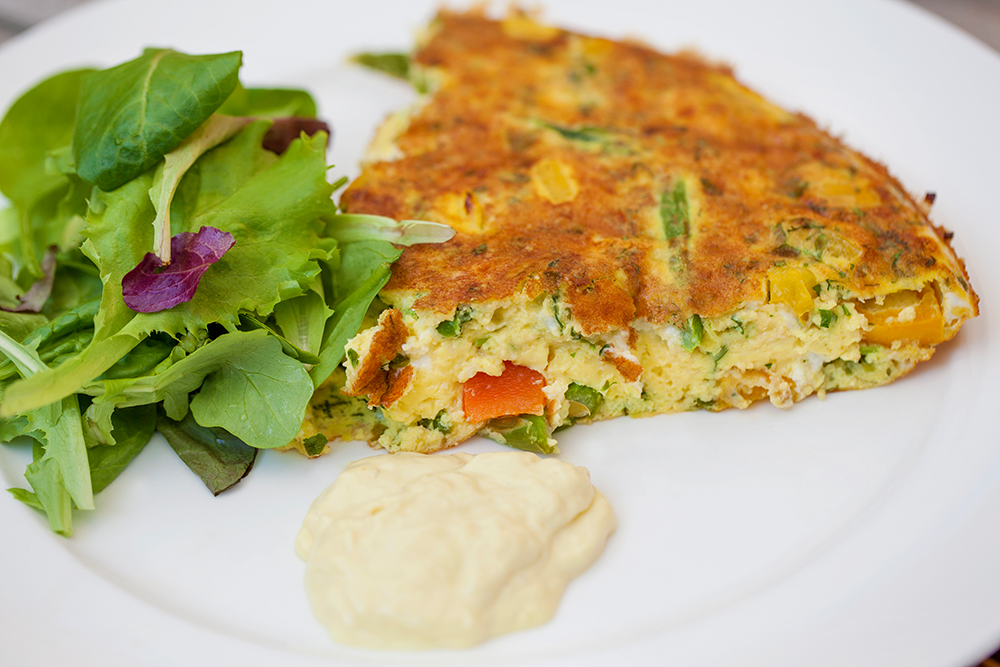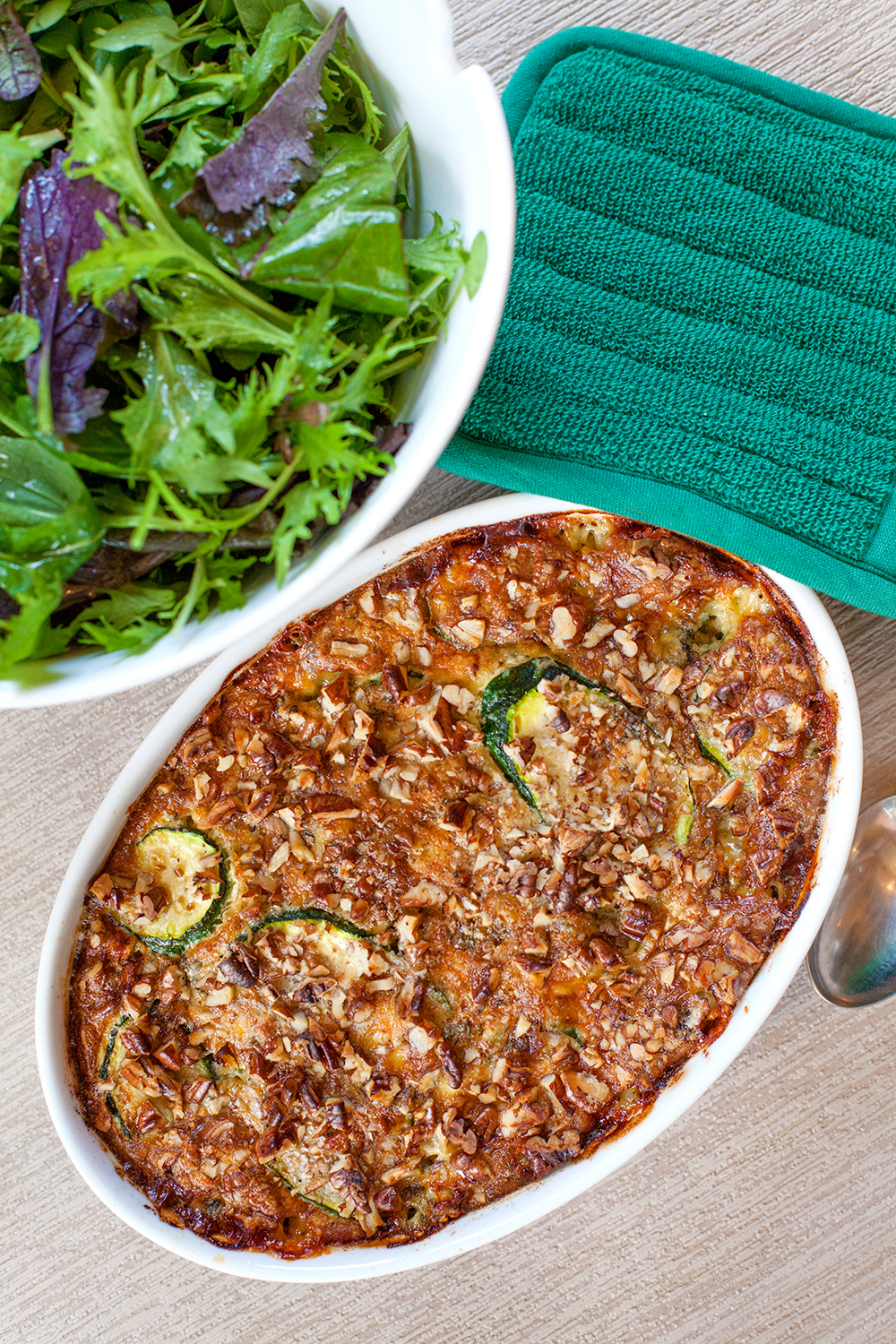It’s two months since Sushi my cat lost another of her nine lives. It seemed to us she was at death’s door when we ventured out during ‘lockdown’ to take her to the vets. We may have overreacted because aside from diagnosing her with a urinary infection and constipation so bad it was suggested she might have to be put under anaesthetic to unblock her, the vet thought Sushi was the healthiest looking twenty-one year old cat she’s ever seen! It’s all in the name ‘Sushi’, or rather her diet. She’s called Sushi because the day we rescued her as an abandoned, farm-yard kitten, I vowed I would only feed her wild fish and raw, organic meat… never commercial cat food.
Almost three years to the day, we’d taken Sushi to a different vet for the very same reason. She’d stopped eating for five days or so and was badly constipated. I’d only asked them about giving her an enema but, after a brief examination, the vet advised Sushi wasn’t constipated; she most likely had cancer; she was too sick for us to take her home; and because of her age, we should agree there and then to her being euthanized. You’re kidding me! As if any of this was going to happen on my watch! Instead we took Sushi home and under the guidance of our current vet, administered the enema ourselves. A somewhat intimidating veterinary procedure, but it worked!
By the time we’d remedied Sushi’s most pressing health issue she was already half-starved, so I enticed her back to eating again with Lily’s Kitchen organic chicken dinner, which she rather gratifyingly scarfed down. Witnessing her initial enthusiasm was such a relief that from then on I convinced myself that wet, organic commercial cat food would be a healthy adjunct to my raw, homemade offerings that might be deficient in ‘essential-for-cat’ nutrients… taurine for one. It was also a pain trying to stay on top of all the boning-out, chopping, grinding and kitty-cat portioning. And, as with all convenience food, once you’ve decided on one exception to your ‘eat real food’ rule, you can easily succumb to others. In Sushi’s case, I told myself that very small quantities of no-grain (albeit non-organic) kibble would do no harm and in fact it might even be good for Sushi’s teeth if I supplemented her diet with something to crunch down on.
Rationalising the problem away is what most humans resort to when they want an excuse for why their behaviour does not tally with their previous stated values and beliefs. I’ve known for a long time that ageing cats are susceptible to kidney disease and the worst thing you can do is to feed them dry food. So although we only fed Sushi miniscule portions of biccies as a treat, it all went horribly wrong when she suddenly became addicted to a new bag of chicken-flavoured kibble that I recently purchased. Long story short… a week before her last visit to the vet, she refused to eat almost everything we put in front of her unless it came with a generous side of kibble.
No more! A quick check online reminds me why dry food is so unhealthy and unsafe for our pets. The upshot is, Sushi’s health has (yet again) been radically transformed within a week of us reverting back to only feeding her a diet fit for human consumption. She now gets first bags on the freshest, organic, grass-fed meats whilst John and I get by with cooking and eating her rejects! To avoid our human diet becoming too meat heavy, I try to ensure that every meat-eating day is followed by a day of eating vegetarian.
When it comes to cooking a vegetarian meal that’s tasty - very tasty indeed - this Cauliflower Cheese Soufflé has it all. The combination of light-as-air, lemony freshness, nutty sweet cauliflower and deeply satisfying, baked golden cheesiness (who doesn’t like scraping crozzely bits off the sides of the dish with a spoon?) means that whenever I can get my hands on an organic cauliflower during these unusual times, this delicious Souffléd Cauliflower Cheese for supper is a foregone conclusion.
Suitable for an everyday main meal or as a vegetable accompaniment to grilled steak, chop or a portion of chicken, even if your budget won’t stretch to buying organic, cauliflower is one of the safer vegetables to eat in terms of minimising your exposure to toxic pesticides. Good news if you’re looking for a simple-to-prepare, very low carb, healthy, vegetarian meal that need never be off the menu.
We think Cauliflower Cheese Soufflé goes best with a dressed green salad and sliced tomatoes.
Cauliflower Cheese Soufflé (serves 4)
Ingredients
450g organic cauliflower florets
50g organic butter
150g thick, preferably homemade, organic mayonnaise
15g organic Dijon mustard
finely grated rind of 1 organic lemon
6 large organic eggs, separated
175g organic Cheddar cheese, grated
1 tsp Himalayan pink salt
a generous grinding of organic black pepper
Instructions
Cook the cauliflower florets in boiling salted water for about 5 minutes or alternatively, put the florets in a steamer basket set over a pan of salted boiling water and lightly steam for a similar amount of time - they should retain their crispness. Drain well.
Butter a shallow gratin or ovenproof dish and place the drained florets in a single layer in the bottom.
Pre-heat the oven to 190℃ / 375℉/ Gas mark 5
Put the mayonnaise, Dijon mustard, lemon rind and salt and pepper in a medium bowl, stir in the egg yolks and 100g of the grated cheese.
In a separate bowl, using an electric whisk, beat the egg whites until stiff.
With a large metal spoon or spatula, carefully fold the egg whites into the mayonnaise mixture.
Spoon the mixture evenly over the cauliflower and sprinkle the remaining cheese on top.
Bake in the preheated oven for 25 minutes until risen and golden.
Serve immediately.
Notes
Leftovers can be stored in a sealed glass container in the refrigerator and re-heated for about 15 minutes at 190℃ without spoiling, which is to say it will rise again!
I like to serve the reheated soufflé as part of a tapas-style meal with a selection of Spanish charcuterie, Manchego or thinly sliced Parmesan cheese, buffalo mozzarella, black and green olives, caper berries with their stems intact and thin slices of toasted keto bread.
Fat 62g Protein 22g Carb 6g - per serving


































































